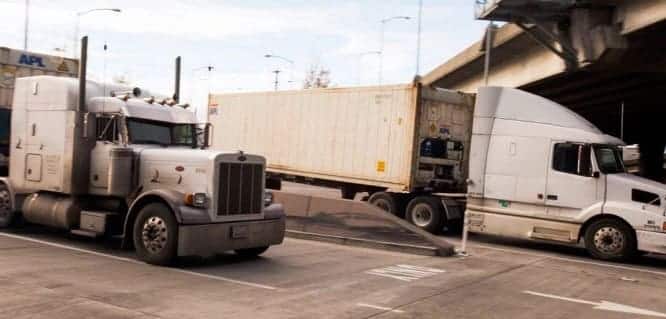For over 37 years I have dedicated my legal career to representing the victims of wrongful acts and negligence.
I have pursued various claims of negligence, including automobile accidents, trucking accidents, construction site claims and a variety of actions involving negligence.
From a basic standpoint, in order to establish a claim for negligence in Washington State, you must show that another party:
1. Owed you a legal duty of care;
2. That there was a breach or failure of the legal duty of care;
3. That injuries and damages occurred; and
4. That the injuries and damages were caused by the offending party.
To expand on this concept of negligence, when there is a breach or failure of the legal duty of care, the law requires that the breach or failure, in fact, resulted in injuries and damages. This is called “cause in fact” and the question that is posed is “would the injury and damages have occurred without the other party’s alleged negligence?” In addition, what needs to be established is that the breach or failure was within the scope of known risks, meaning should the offending party have known that an injury and damages could occur.
The simplest example of required elements of negligence involves a car accident. If another driver runs a red light, there would clearly be a breach or failure of a duty. If when running a red light, the driver hits another car and causes injuries and damages, the additional elements to establish a claim for negligence would be established. At Coluccio Law we handle car and truck accidents, and all too often, we see incidents such as the running of a red light. We have represented victims of these types of car accidents, as well as many other types of car accidents, in which negligence and serious injuries, including fatal injuries have occurred.
One question that we are often asked is how do you establish a legal duty of care. With car accidents, this is easily done by the rules of the road and the requirements for the safe operation of one’s car on the public and community roadways.
In addition to the rules of the road and the general requirements for the safe operation of one’s car on the public and community roadways, legal duties are imposed by statue, ordinance and administrative. Another source for legal duties includes what is called “common law”. “Common law” means rules, actions and inactions set forth by courts in Washington State. One such “common law” duty is that imposed upon a General Contractor. Specifically, the duty required of a General Contractor of a construction project is a non-delegable duty to provide those on the worksite a safe place to work, one free of unsafe hazards. This is an important duty because of the extreme hazards of a construction site. It is one also based upon the control that a General Contractor has over the job site and subcontractors.
Another type of negligence is Washington State is gross negligence, which is defined as the failure to exercise slight care. This is negligence, which is not intentional, but substantially greater than ordinary negligence. Failure to exercise slight care does not mean the total absence of care, but care substantially less than ordinary.
One consideration in pursuing negligence claims is comparative or contributory fault. In Washington State this means that both parties involved in an accident may be found responsible for what happened. For example, if you were involved in a car accident, the driver of the car that hit you could be responsible for your injuries and damages, however, if you were speeding you could be partially to blame.
At Coluccio Law, we take care to review the details and facts of every claim that comes to our offices. We review accident reports, photographs and video footage, witness statements and we work with qualified and experienced experts to determine duties, breach or failure of duties and the various causation issues, as well as resulting injuries and damages.
Schedule a consultation with Coluccio Law if you or a family member are involved in an accident.




